Jackson Pollock is considered one of the leading contributors to the art movement of Abstract ExpressionismThe term Abstract Expressionism is applied to new forms of abstract art developed by American painters such as Mark Rothko, Jackson Pollock, and Willem de Kooning, flourishing between 1943 and the mid-1950s. Since Abstract Expressionism marked the beginning of New York City as the centre of the Western art world, the movement is also known as the New York School. More. Inspired by the idea of surrealismSurrealism was a 20th-century philosophical, literary, and artistic movement seeking to channel the unconscious to access the imaginary. Proponents of Surrealism rejected the notion of understanding life in rational and conventional terms in favour of asserting the value of the unconscious mind, dreams, the strangely beautiful, and the uncanny. André Breton, the leader of a group of poets and artists More that art should emerge from the unconscious mind, Pollock and other artists like Willem de Kooning worked in an improvisatory manner making gestural marks onto the canvas.
“Drip paintingPainting is a fundamental form of visual art that has been practiced for thousands of years. It involves applying pigment to a surface such as canvas, paper, or a wall. Painting can be explored through various styles, techniques, and mediums, each offering unique possibilities for expression and creativity. Historical Background • Ancient Beginnings: The history of painting dates back to More” is a term that has become synonymous with the name Jackson PollockAmerican painter Jackson Pollock (1912 – 1955) was one of the leading figures of Abstract Expressionism and the New York School. He is best known for his large action drip paintings, which he produced between 1947 and 1952, created by pouring and manipulating liquid paint atop canvases set on the floor. Pollock was born in Cody, Wyoming and grew up More. The technique is a form of action paintingPainting is a fundamental form of visual art that has been practiced for thousands of years. It involves applying pigment to a surface such as canvas, paper, or a wall. Painting can be explored through various styles, techniques, and mediums, each offering unique possibilities for expression and creativity. Historical Background • Ancient Beginnings: The history of painting dates back to More which the American art critic Harold Rosenberg defined 1952 in 1952: “Action PaintingPainting is a fundamental form of visual art that has been practiced for thousands of years. It involves applying pigment to a surface such as canvas, paper, or a wall. Painting can be explored through various styles, techniques, and mediums, each offering unique possibilities for expression and creativity. Historical Background • Ancient Beginnings: The history of painting dates back to More has to do with self-creation or self-definition or self-transcendence; but this dissociates it from self-expression, which assumes the acceptance of the ego as it is, with its wound and its magic.” The technique was characterized by gestural brushstrokes and mark-making, emphasizing the impression of spontaneity.
Where is the picture “Number 5 (1948)” today?
The original picture of “Number 5 (1948)” is part of a private collection in New York City today.
What’s in it?
Pollock refrained from using the easel completely for his drip paintings. For “Number 5 (1948)” he used a 245 cm by 120 cm fibreboard, which he had lying on the ground while working on it. A central element to his drip method was using paint with a fluid viscosity, experimenting with synthetic gloss enamel paints instead of traditional oil paints or watercolours. He combined several application techniques with every layer, applying different hues of black, brown, metallic, white, red, and yellow. Pollock used brushworkMasterful brushwork is often the defining feature of great artists, where the brush becomes an extension of their arm, allowing paint to flow effortlessly onto the canvas. These artists demonstrate a profound understanding of their medium, knowing precisely when to apply thick, textured strokes or smooth, delicate ones. Their skill extends beyond mere color application; it's about the artistry of More in priming layers, pouring, and drizzling fluid paint for the finishing layers, covering the entire surface.
Since the movement is continuous, merging in larger spots and exploding in multiple directions at once, the picture has been displayed both in its horizontal as well as its vertical suspension. While the overall appearance of “Number 5 (1948)” at first sight seems to be a random nest-like complexity of globs and lines intricately interweaving, scientists have shown that Pollock’s choice of angles and implied motions display mathematical precision.
What’s the context?
When the paintingPainting is a fundamental form of visual art that has been practiced for thousands of years. It involves applying pigment to a surface such as canvas, paper, or a wall. Painting can be explored through various styles, techniques, and mediums, each offering unique possibilities for expression and creativity. Historical Background • Ancient Beginnings: The history of painting dates back to More was first purchased and being moved to its owner, it was damaged, a piece of paint falling off. Pollock repaired the paintingPainting is a fundamental form of visual art that has been practiced for thousands of years. It involves applying pigment to a surface such as canvas, paper, or a wall. Painting can be explored through various styles, techniques, and mediums, each offering unique possibilities for expression and creativity. Historical Background • Ancient Beginnings: The history of painting dates back to More before sending it and commented: “He’ll never know. No one knows how to interpret my work.” However, the paintingPainting is a fundamental form of visual art that has been practiced for thousands of years. It involves applying pigment to a surface such as canvas, paper, or a wall. Painting can be explored through various styles, techniques, and mediums, each offering unique possibilities for expression and creativity. Historical Background • Ancient Beginnings: The history of painting dates back to More suffered further damage and the owner asked for additional repairs. The second time, Pollock did not restrict his repairs to the impacted part of the paintingPainting is a fundamental form of visual art that has been practiced for thousands of years. It involves applying pigment to a surface such as canvas, paper, or a wall. Painting can be explored through various styles, techniques, and mediums, each offering unique possibilities for expression and creativity. Historical Background • Ancient Beginnings: The history of painting dates back to More but completely repainted the composition, which was equally appreciated by viewers.
Jackson PollockAmerican painter Jackson Pollock (1912 – 1955) was one of the leading figures of Abstract Expressionism and the New York School. He is best known for his large action drip paintings, which he produced between 1947 and 1952, created by pouring and manipulating liquid paint atop canvases set on the floor. Pollock was born in Cody, Wyoming and grew up More produced his famous drip technique paintings between 1947 and 1950. Gallery owner Paul Facchetti decided to realize Pollocks first exhibition of his drip paintings in 1952 in his studios in Paris and other parts of Europe. However, after the first successes, Pollock decided to abruptly abandon his drip-style in favour of a paintingPainting is a fundamental form of visual art that has been practiced for thousands of years. It involves applying pigment to a surface such as canvas, paper, or a wall. Painting can be explored through various styles, techniques, and mediums, each offering unique possibilities for expression and creativity. Historical Background • Ancient Beginnings: The history of painting dates back to More approach characterized by a much darker palette.
Chatter and Prattle
For a few years, “Number 5 (1948)” was one of the most expensive paintings worldwide. In June 2006 Gustav Klimt’s Adele Bloch-Bauer I sold for 135 million USD, at that time making it the highest-priced paintingPainting is a fundamental form of visual art that has been practiced for thousands of years. It involves applying pigment to a surface such as canvas, paper, or a wall. Painting can be explored through various styles, techniques, and mediums, each offering unique possibilities for expression and creativity. Historical Background • Ancient Beginnings: The history of painting dates back to More in the world. Only a few months later, “Number 5 (1948)” achieved a selling price of 140 million USD. In 2011, however, this title was seized by one of Paul Cézanne’s Card Players, with a selling price of 250 million USD. Other paintings by Pollock have snatched even higher prices: In 2016, Pollock’s paintingPainting is a fundamental form of visual art that has been practiced for thousands of years. It involves applying pigment to a surface such as canvas, paper, or a wall. Painting can be explored through various styles, techniques, and mediums, each offering unique possibilities for expression and creativity. Historical Background • Ancient Beginnings: The history of painting dates back to More titled “Number 17A” was reported to have fetched 200 million USD in a private purchase.
Do you want to comment on this text or add information? We would like to hear from you.
Recommended Reading:
This article may contain compensated links. Please read Disclaimer for more info. As an Amazon Associate, I earn from qualifying purchases.
Gavin Delahunty (2015): Blind Spots: Jackson Pollock
Steven Naifeh (1998): Jackson Pollock: An American Saga
Leonhard Emmerling (2016): Pollock (Basic Art Series 2.0)
Pepe Karmel (2002):Jackson Pollock: Key Interviews, Articles, And Reviews
Michael Schreyach (2017): Pollock’s Modernism
B. H. Friedman (1995): Jackson Pollock: Energy Made Visible

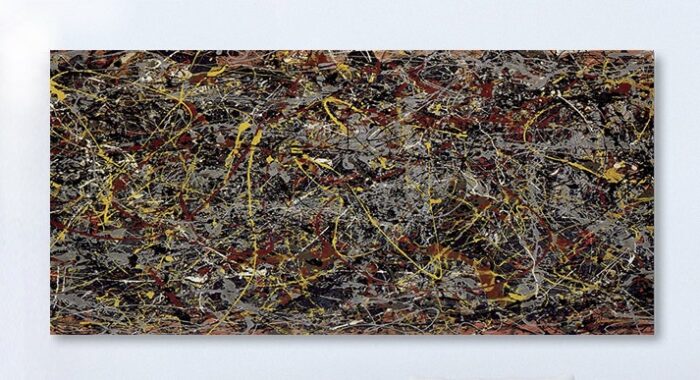

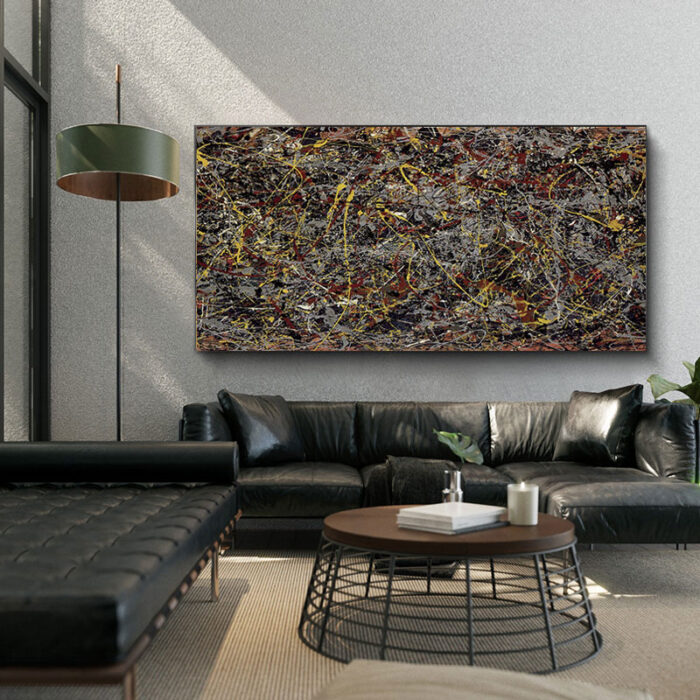
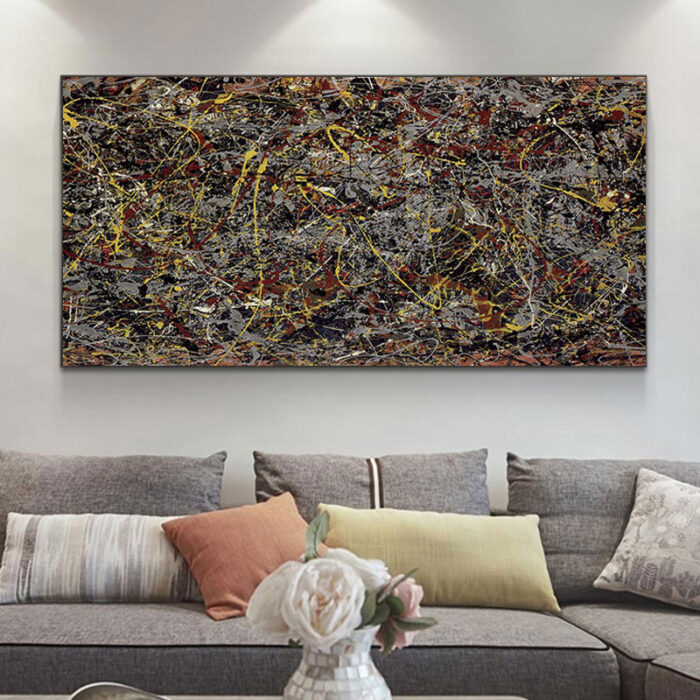


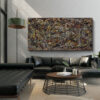

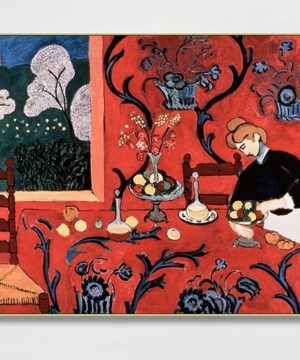

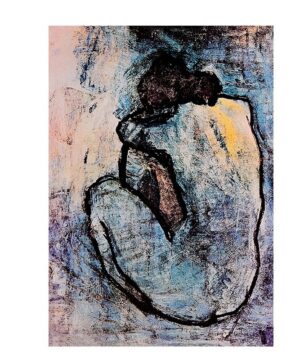
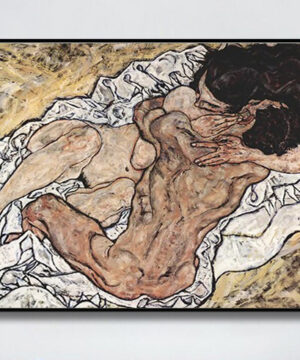
Reviews
There are no reviews yet.